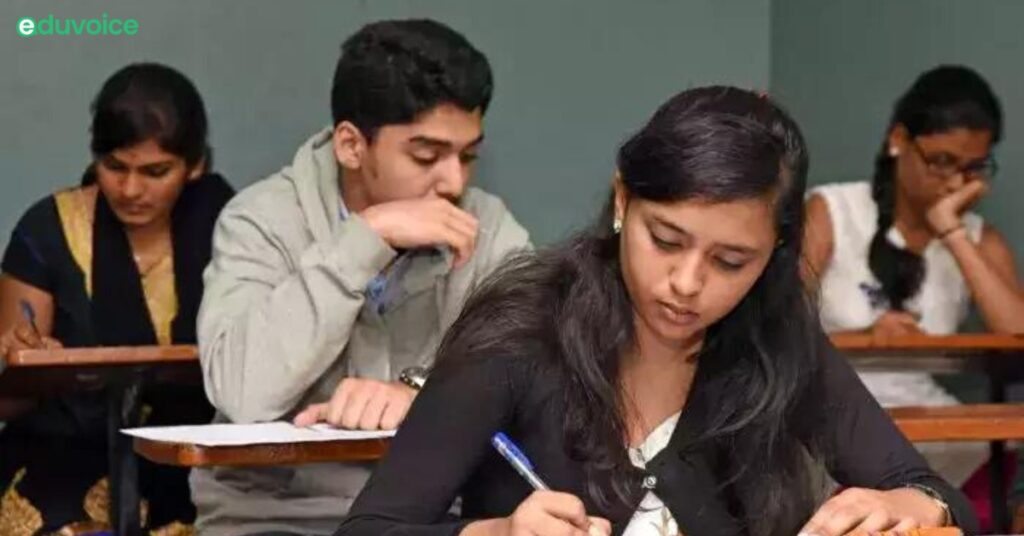The National Education Policy 2020 (NEP) places a lot of emphasis on reform in higher education. One of the tenants being internationalisation. Borrowing from the NEP, ‘High performing Indian universities will be encouraged to set up campuses in other countries, and similarly, selected universities e.g., those from among the top 100 universities in the world will be facilitated to operate in India’. Over the last few years and even prior to the NEP, the University Grants Commission (UGC) and the All India Council for Technical Education (AICTE) have been working with a reform mindset and providing more and more autonomy to institutions in India.
The rules regarding collaborations with foreign universities, online education, joint degrees and dual degrees have all undergone tremendous reform post-NEP. We now have institutions of eminence which enjoy a level of regulatory freedom, that are at par with the best in the world. These reforms have also reduced the pressure that the government has on budgetary allocations. We are in budget season now, and a focus on higher education without too much of a stretch on the exchequer seems possible.
The holy grail, if one can call it that, was the ability of foreign universities to set up their own campus in India. This has been a political hot potato for many years and past attempts to legislate have not been successful. The first attempt was in fact way back in 1995, then in 2005 and lastly in 2010. The 2010 Bill was the most comprehensive attempt but was too complex. In October 2022, the International Financial Services Centres Authority (IFSCA) notified its own regulations permitting the setting up of international branch campuses and offshore education centres within the Gujarat International Finance Tec-City (GIFT city). This was the first time a foreign university or educational institution could set up its own campus in India, albeit in an offshore zone.
The UGC’s draft regulations on ‘Setting up and Operation of Foreign Higher Educational Institutions in India’ issued in early January 2023 are therefore a natural evolution in the reform process. Interestingly the government has adopted a regulatory approach, under the broad powers of the UGC Act, rather than a legislative approach. This may have been tactical to avoid complexity and a political log jam. Public comments have been solicited before January 18 and once the draft has been finalised, the draft rules will have to be tabled before both houses of Parliament, as mandated under Section 28 of the UGC Act. Once tabled, it is sure to create some noise but looks sound from a legal perspective.
Let’s now look at some of the salient features of these draft regulations. It covers both foreign universities and institutions which conduct undergraduate, postgraduate, doctoral, post-doctoral and other programmes and awards degrees, diplomas and certificates in all disciplines. A foreign university is defined as one that is recognised as a university in its home jurisdiction and a foreign educational institution is defined as one that is not a foreign university but is authorised in its home jurisdiction to offer academic and research programmes. These could be polytechnics, skill development institutions and others.
The NEP had mentioned a pool of the top 100 universities as an option, the draft has been more generous and expanded the pool to the top 500 in global ranking overall or subject-wise. The UGC has retained the right to decide the ranking parameters from time to time. This expanded pool is important as it is unlikely that the top 100 pool would yield a lot of applicants. Universities have their own charters, vision and philosophy when it comes to opening campuses and going global. In fact, most of the top universities worldwide would rather enter into collaborations with local universities. Therefore, a pool of 500 is welcome. For non-university institutions, the rules require them to be ‘reputed institutions in their home jurisdiction’.
The approval process has been designed with a standing committee examining applications based on ‘merit, credibility, programmes to be offered, their potential to strengthen educational opportunities in India, and the proposed academic infrastructure’. Once in-principle approval is granted, the institution would need to set up a campus within two years from the approval. Once the institution conveys its readiness to commence academic operations, the standing committee will examine it and give its recommendations. The final permission will be for a period of 10 years. With respect to admission and fee structure, autonomy has been provided to the institutions and they have been asked to be transparent and reasonable.
These are undefined terms and are likely to be seen on a case-to-case basis. There is also autonomy in the recruitment of faculty, their qualifications, salary structure and conditions of service. As far as funding and the cross-border movement of funds are concerned, the draft rules require that to be in compliance with the Foreign Exchange Management Act (FEMA). This will be very important when considering setting up a foreign campus, as the institutions will require flexibility in repatriation.
In conclusion, this is a welcome step in the context of the education needs of our country. With the Indian private universities and foreign institutions, the government can create an enabling environment for access to quality higher education and skill development. For any policy to be a success, there must be a level playing field. It will be important to ensure that this is provided to peer groups of Indian and foreign universities.
For More Such Articles, News Update, Events, and Many More Click Here






